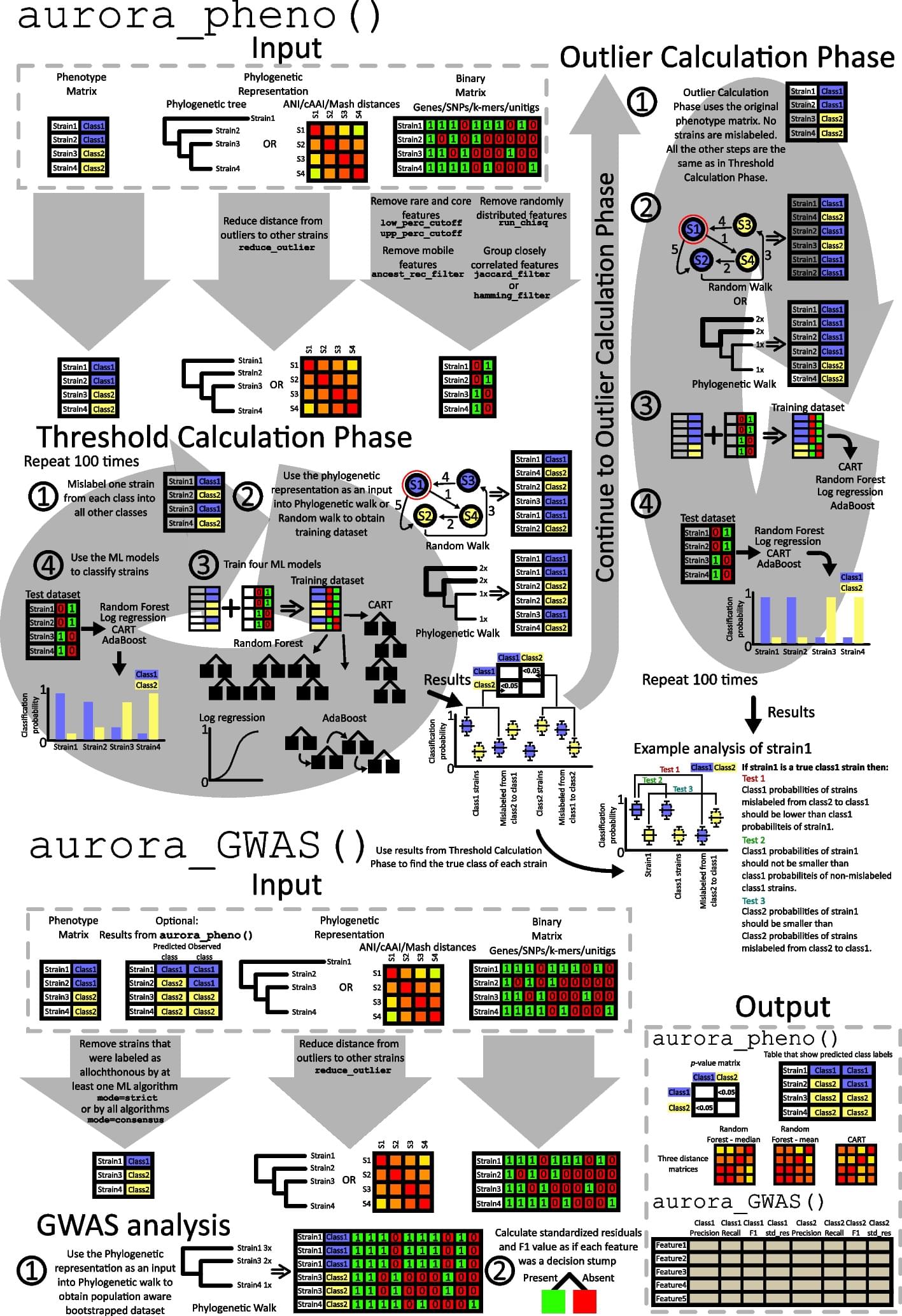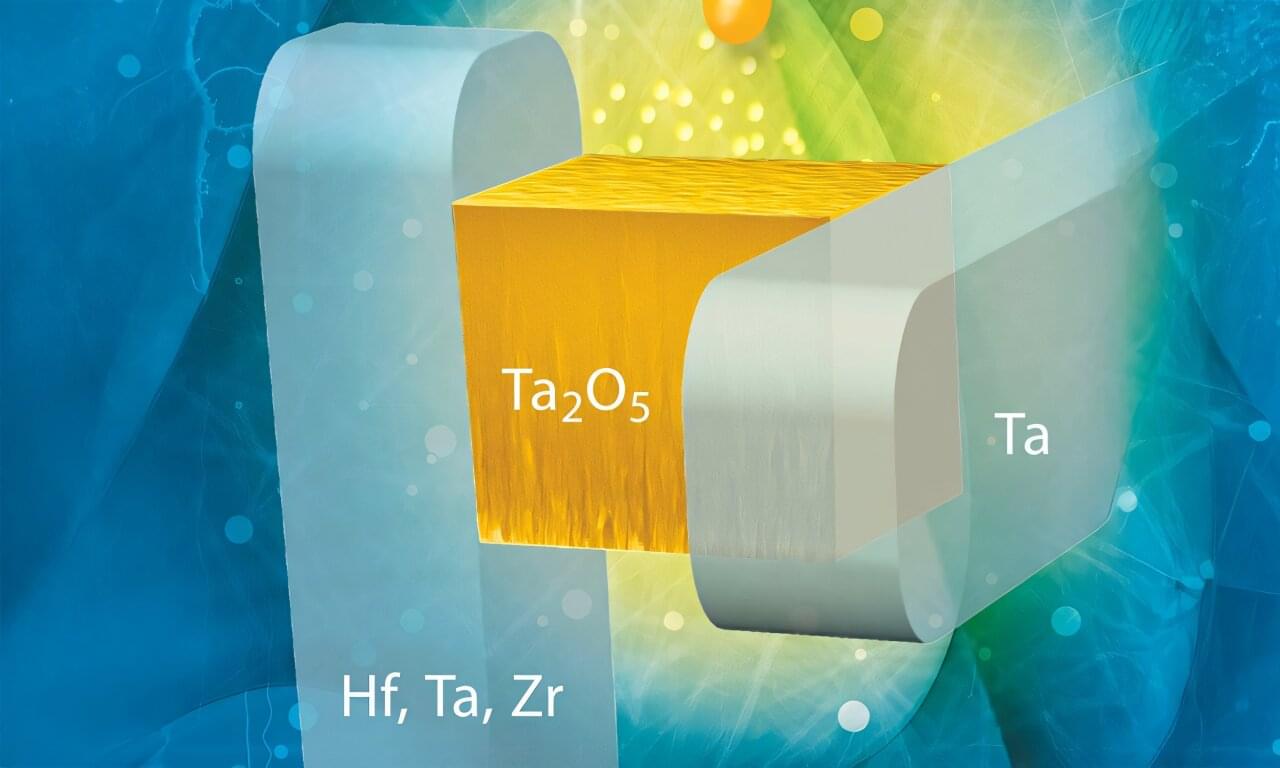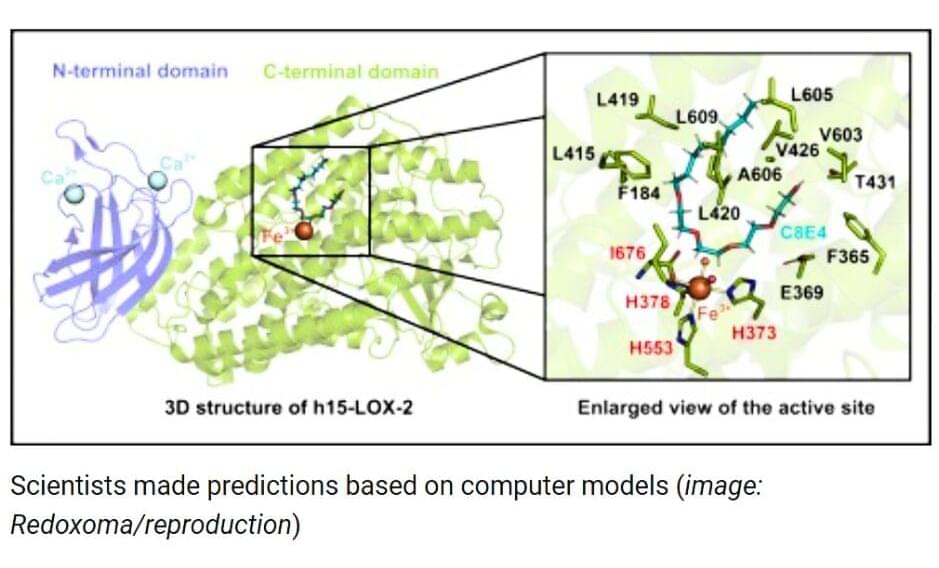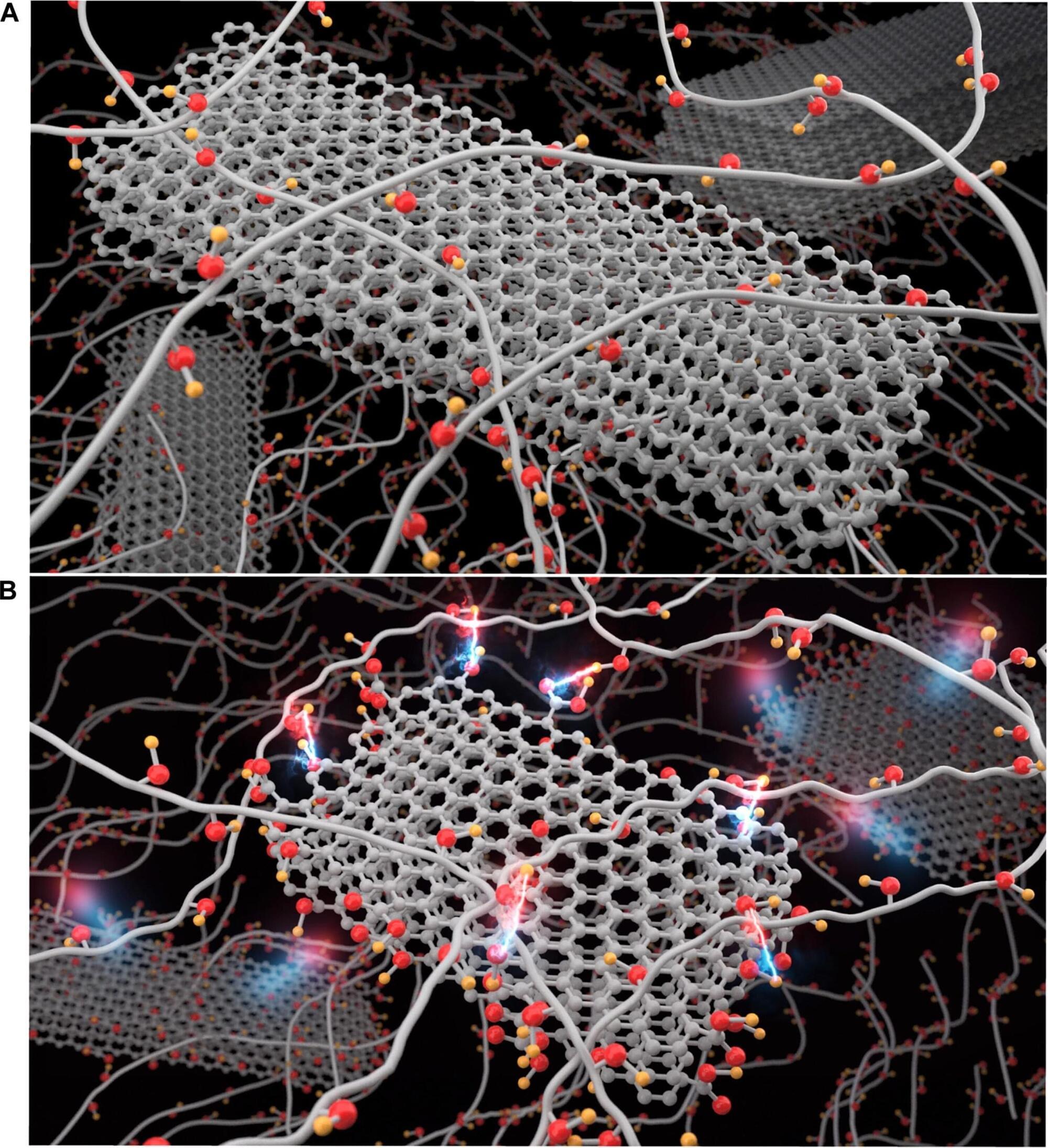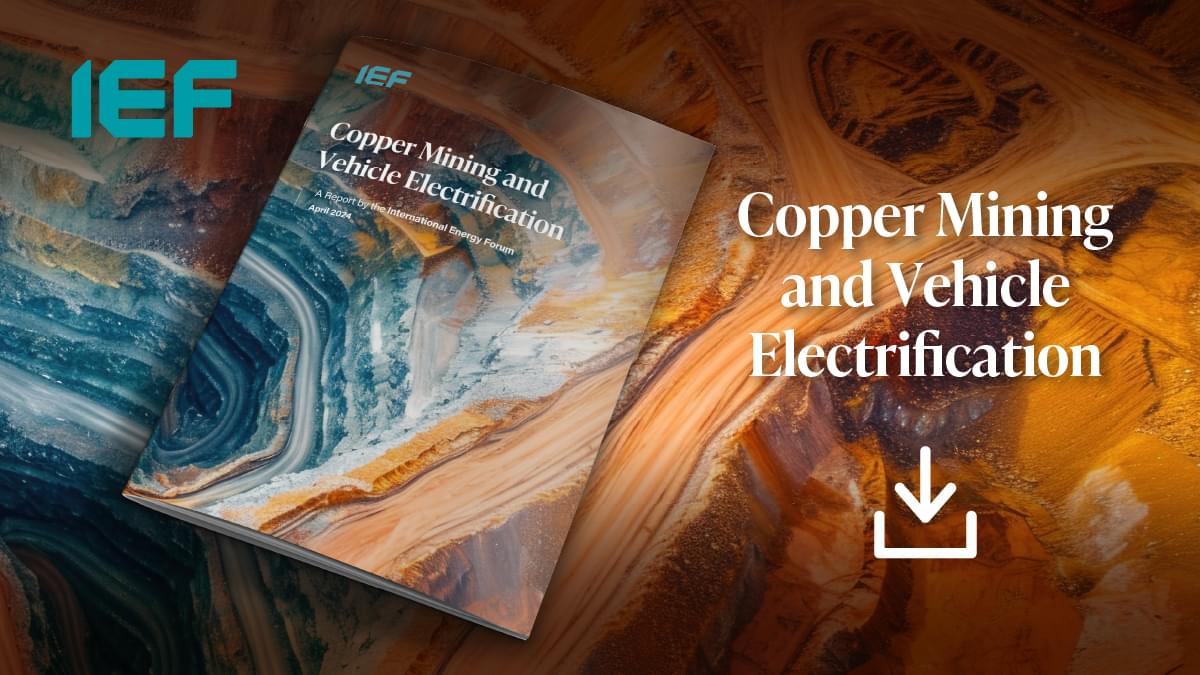A primary goal of microbial genome-wide association studies is identifying genomic variants associated with a particular habitat. Existing tools fail to identify known causal variants if the analyzed trait shaped the phylogeny. Furthermore, due to inclusion of allochthonous strains or metadata errors, the stated sources of strains in public databases are often incorrect, and strains may not be adapted to the habitat from which they were isolated. We describe a new tool, aurora, that identifies autochthonous strains and the genes associated with habitats while acknowledging the potential role of the habitat adaptation trait in shaping phylogeny.
So-called “memristors” consume extremely little power and behave similarly to brain cells. Researchers from Jülich, led by Ilia Valov, have now introduced novel memristive components that offer significant advantages over previous versions: they are more robust, function across a wider voltage range, and can operate in both analog and digital modes. These properties could help address the problem of “catastrophic forgetting,” where artificial neural networks abruptly forget previously learned information.
The problem of catastrophic forgetting occurs when deep neural networks are trained for a new task. This is because a new optimization simply overwrites a previous one. The brain does not have this problem because it can apparently adjust the degree of synaptic change; something experts call “metaplasticity.”
They suspect that it is only through these different degrees of plasticity that our brain can permanently learn new tasks without forgetting old content. The new memristor accomplishes something similar.
Using computational tools and virtual screening, researchers at the Center for Redox Processes in Biomedicine (Redoxoma) have identified new inhibitors of the enzyme human 15-lipoxygenase-2 (h15-LOX-2). This protein plays an important role in inflammatory and metabolic processes and contributes to cellular homeostasis.
The discovery, described in the Journal of Medicinal Chemistry, could open up new avenues for investigating the biological and pathological functions of the enzyme and provide promising candidates for the development of new drugs.
“Although h15-LOX-2 is a potential biological target, it’s scarcely been explored for this purpose. Our work contributes to new inhibitors that have structural diversity among themselves and with respect to inhibitors already described in the literature. What’s more, they have similar drug properties according to predictions based on computational models,” says Lucas Gasparello Viviani, first author of the article.
Word-of-mouth growth has helped turn a 60-person startup into one of the early hits of the generative AI era.
What if the key to the universe was discovered over a century ago—and then forgotten?
In the late 19th century, a young math prodigy named William Clifford proposed a radical idea: that reality itself is woven from the same fabric as the mind. Long before Einstein, long before quantum theory, Clifford envisioned a world where matter, consciousness, and geometry are one.
His ideas were largely overlooked, seen as too speculative for the science of his time. Today, they look like the missing blueprint for a true Theory of Everything.
Is Clifford’s path one that science is only now catching up to?
Based on the original research by idb.kniganews “Clifford’s Path”
[ Subscribe ] and turn on notifications [ 🔔 ] so you don’t miss any videos.
The UMass Amherst-led team is challenging the common belief that perfect fillers are the best choice for creating thermally conductive polymers.
In the pursuit of developing next-generation materials for modern devices, materials that are lightweight, flexible, and highly efficient at dissipating heat, a research team led by the University of Massachusetts Amherst has uncovered a surprising insight: imperfection has its upsides.
Published in Science Advances.
Copper is the mineral most fundamental to the human future because it is essential to electricity generation, distribution, and storage. Copper availability and demand determine the rate of electrification, which is the foundation of current climate policy. Many studies have raised concerns that copper supply cannot meet the copper demands of both the green energy transition and equitable global development, but the seemingly universal presumption persists that the copper needed for the green transition will somehow be available. This need not be the case for even the first step of vehicle electrification.
This paper addresses this issue by projecting copper supply and demand from 2018 to 2050 and placing both in the historical context of copper mine output. Discussion is focused on a single diagram that illustrates the unprecedented nature of the copper mining challenge and ways to reduce copper demand.
Just to meet business-as-usual trends, 115% more copper must be mined in the next 30 years than has been mined historically until now. To electrify the global vehicle fleet requires bringing into production 55% more new mines than would otherwise be needed. On the other hand, hybrid electric vehicle manufacture would require negligible extra copper mining.
A race is on in solar engineering to create almost impossibly-thin, flexible solar panels. Engineers imagine them used in mobile applications, from self-powered wearable devices and sensors to lightweight aircraft and electric vehicles. Against that backdrop, researchers at Stanford University have achieved record efficiencies in a promising group of photovoltaic materials.
Chief among the benefits of these transition metal dichalcogenides – or TMDs – is that they absorb ultrahigh levels of the sunlight that strikes their surface compared to other solar materials.
“Imagine an autonomous drone that powers itself with a solar array atop its wing that is 15 times thinner than a piece of paper,” said Koosha Nassiri Nazif, a doctoral scholar in electrical engineering at Stanford and co-lead author of a study published in the Dec. 9 edition of Nature Communications. “That is the promise of TMDs.”
The search for new materials is necessary because the reigning king of solar materials, silicon, is much too heavy, bulky and rigid for applications where flexibility, lightweight and high power are preeminent, such as wearable devices and sensors or aerospace and electric vehicles.
New, ultrathin photovoltaic materials could eventually be used in mobile applications, from self-powered wearable devices and sensors to lightweight aircraft and electric vehicles.
New research from Stanford suggests artificial intelligence isn’t ruled by just OpenAI and Google, as competition increases across the US, China, and France.
Modeling Path Effects Due to 3D Velocity Structure for Nonergodic Ground‐Motion Models: A Case Study Using Turkish Ground‐Motion Data
Posted in engineering | Leave a Comment on Modeling Path Effects Due to 3D Velocity Structure for Nonergodic Ground‐Motion Models: A Case Study Using Turkish Ground‐Motion Data
Ground motion models developed using global databases of ground motion rely on something called the ergodic assumption, which, for broad tectonic types, means that intensity measures for a given earthquake in a given region can be applied to any location in that region. A non-ergodic ground motion model instead takes into account how ground motion varies with source, site and/or path effects.
In a new study, a team from Georgia Tech, UC Berkeley, Orta Dogu Teknik Universitesi, and Pacific Gas and Electric Company assesses the performance of different path-effect models for developing non-ergodic ground motion models using a Turkish ground-motion database. For more about their findings, please visit the paper.
ABSTRACT. The objective of this study is to assess the performance of different path‐effect models for developing nonergodic ground motion models (GMMs) using a Turkish ground‐motion database. The cell‐specific attenuation approach is widely used to capture path effects in the formulation of nonergodic GMMs. However, this approach can mainly capture anelastic attenuation effects associated with the spatial variation of the quality factor, and it is limited in capturing 3D velocity structure effects, which may be, in particular, relevant for long‐period ground motions or short‐distance and short‐period ground motions. Recent efforts have introduced new models to incorporate 3D velocity structure effects; however, the assessment of these models in the context of instrumentally recorded ground motions is limited. This study assesses the performance of three path‐effects models for Türkiye. Specifically, we consider the cell‐specific attenuation approach and two additional models based on Gaussian processes but with a different parametrization on how they represent the spatial correlation of path effects. The results indicate that the models based on Gaussian processes outperform the cell‐specific approach for long‐period spectral accelerations and short‐period ground motions at short distances, offering significant aleatory standard deviation reductions. The differences between the Gaussian process‐based models are also discussed, highlighting how their parameterization is reflected in prediction patterns. This study contributes to the transition from ergodic to nonergodic approaches in performance‐based earthquake engineering.
